Model train installation. Big!
The world’s largest model train diorama. All aboard!. via laughing squid [PR]
The world’s largest model train diorama. All aboard!. via laughing squid [PR]
 Wooden frame. Carbon fork and wheels. Truvativ crank, stem, and handlebars.
Wooden frame. Carbon fork and wheels. Truvativ crank, stem, and handlebars.
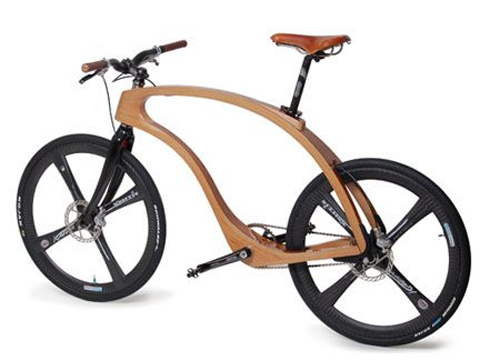
These bicycles are from Freiburg in the Black Forest, Germany’s so-called “green city.” The prototype, the wild-Bike 2007, won the Brand New Award at ISPO, greatest sporting show in the world.
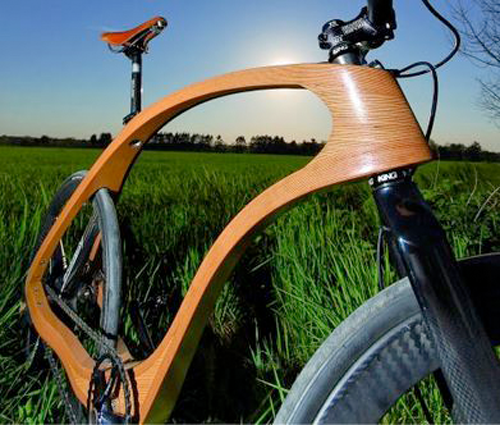
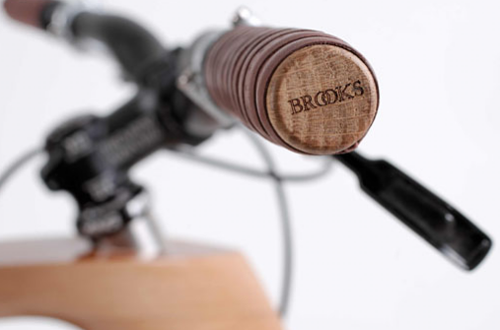
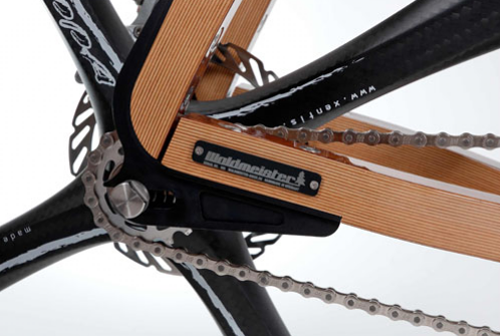
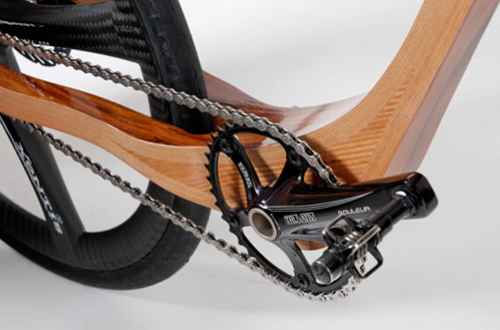
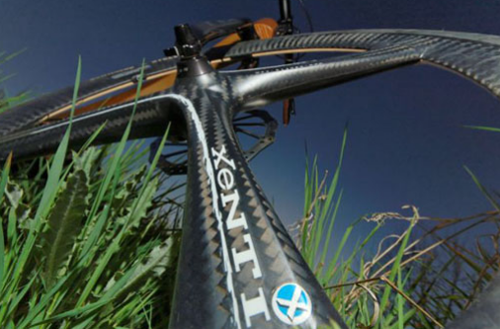
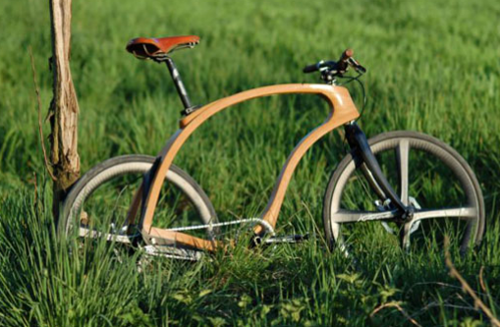

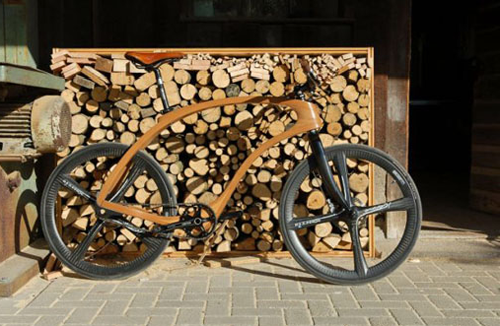
Designer, Marcus Wallenberg Meyer, 32, built his award winning prototype in 2006. Now in production, the striking limited edition bikes aren’t cheap. 11,000 – 15,000 euros ( $14,000 – $19,000 USD ), depending on the equipment. There are not many wooden bikes in production. Jano is a concept that we hope gets produced.
Designer: fudder.de
Producer: waldmeister
Philipp Oswalt becomes the new director of the Bauhaus Dessau Foundation. via spiegel [PR]
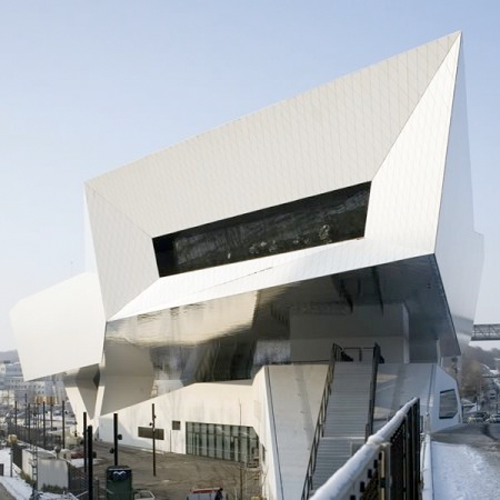
Vienna architects Delugan Meissl have completed work on the new Porsche Museum in Stuttgart-Zuffenhausen, Germany. The museum opens January 31, 2009.
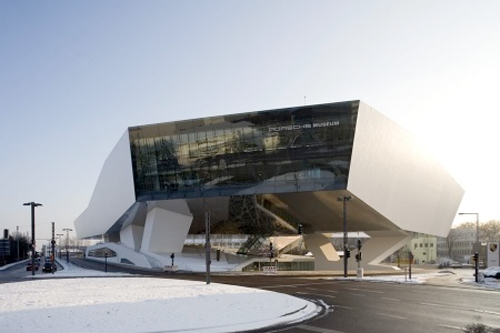
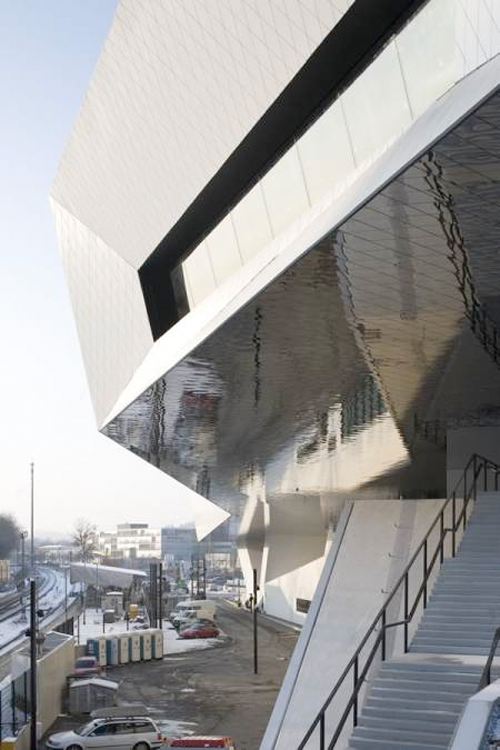

The museum will house around 80 chronologically-arranged vehicle exhibits and will be routinely replaced by other historical Porsches, as the majority of the exhibits can be driven on the road.
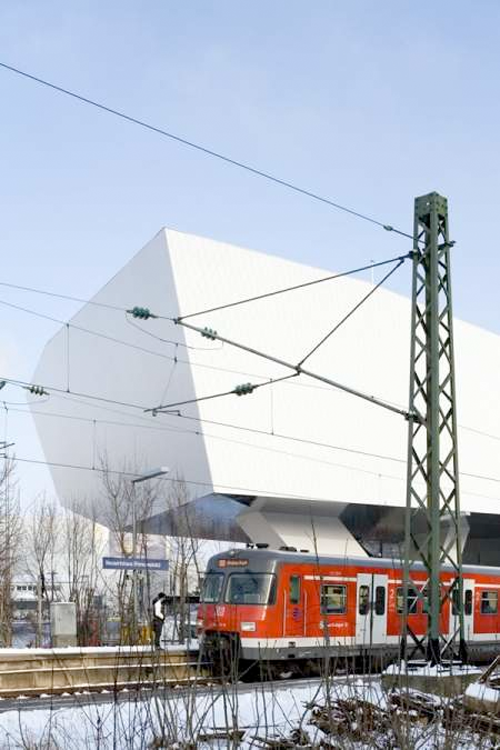
The company’s production and media archives will also be housed on-site, alongside a 3000-book library, shop, restaurant and conference facilities.

Photos are courtesy of Nathan Willock.
The following is from Porsche…
The Idea
The successful record of Stuttgart’s sports-car manufacturer – Porsche is both the smallest independent German automaker and the world’s most profitable automaker – is based on decades of experience in automotive manufacturing and in motorsports. The history of Porsche sports cars begins in 1948 with the legendary Type 356 “No. 1,” but the conceptual basis of the brand is the result of the lifelong work of Professor Ferdinand Porsche (1875–1951), which was continued by his son Ferry (1909–1998).
By establishing an independent engineering office in Stuttgart in 1931, Ferdinand Porsche laid the foundations for the House of Porsche, and he made automotive history by pioneering developments for his client companies. During the past six decades, Porsche has experienced many high points as well as low ones. But thanks to efficient production methods, distinctive positioning of its brand, and innovative models such as the 356, 911, 914, 924, 944, 928, and the Boxster and the Cayenne, the former sports-car specialist has developed into one of the world’s most successful automobile manufacturers.
This unique history is both an honor and an obligation. Porsche customers, shareholders, and Porsche fans had often expressed their wish for an inspiring place in which to display the corporate history, and in July 2004 Porsche’s Management Board responded by approving the construction of a new museum at Zuffenhausen’s Porscheplatz. Since October 2005, construction has been underway on a museum that will be an architectural emblem of the Porsche brand and make history as the most spectacular building project ever undertaken by the company. The elaborate new museum will be completed near the end of 2008 and will become the central repository where the Porsche tradition will be preserved and displayed.
The Location
Auto fans around the world know that the traditional site of Porsche AG is in Stuttgart-Zuffenhausen. Seventy years ago the erstwhile Porsche engineering office relocated from downtown Stuttgart to the first, newly built Porsche plant in Zuffenhausen. This is where the trial series of what became the “VW Beetle” was built in 1938, as was the forefather of all Porsche sports cars, the Type 64 “Berlin–Rome Car,” in 1939.
In 1950 this Stuttgart suburb became the birthplace of the sports cars bearing the Porsche logo. Today, the 911 model series and all Porsche engines are produced in Zuffenhausen. And Porsche’s new museum will be located here, on Porscheplatz. At this historic location, it will join the Porsche plant and the Porsche Center as the new emblem of the company.
The Architecture
There’s no doubt about it, even now: the new edifice by Vienna’s Delugan Meissl is an eye-catcher. Although the building isn’t quite finished yet, the fascinating impact of the monolithic, virtually floating exhibition hall can already be felt. This bold and dynamic architecture reflects the company’s philosophy and provides a foretaste of the experience that awaits visitors to the future museum. It is designed to convey a sense of arrival and approachability, and to guide the visitors smoothly from the basement level into the superstructure.
In their design, the architects at Delugan Meissl set out to create a place of sensuous experience that reflects the authenticity of Porsche products and services as well as the company’s character, while also reshaping Porscheplatz with an unmistakable appearance.
The Exhibits
About 80 vehicles and many small exhibits will be on display at the new Porsche Museum in a unique ambience. In addition to world-famous, iconic vehicles such as the 356, 550, 911, and 917, the exhibits include some of the outstanding technical achievements of Professor Ferdinand Porsche from the early 20th century. Even then, the name of Porsche stood for the commitment never to be satisfied with a technical solution that fails to fully meet or exceed all of its requirements, including opportunities for further improvement.
From the lobby, visitors ascend a spectacular ramp to the entrance of the spacious exhibition area, where they can gain an initial overview of the impressive collection.
Here the visitor is free to choose whether to start chronologically with the company history before 1948, or to head directly into the main area of the exhibition, which contains a chronological history of Porsche products and thematic islands. Both areas are interlinked by the “Porsche Idea” section, which forms the backbone of the exhibition.
The Idea section explains what makes the various themes and exhibits so unique. It tells of the spirit and the passion that motivate the work at Porsche, and pays tribute to the company as well as the people behind the product.
Concept
The new museum enlightens the visitor in an impressive, clear, and interesting manner about the entire history of what is now Dr. Ing. h.c. F. Porsche AG. Production cars have been just as important to the name recognition of the Porsche brand as many vehicles designed specifically for racing. Porsche designs have had an impact on individual mobility even in the early years of motorization.
The exhibition layout provides separate exhibit areas for the two periods before and after 1948. “Porsche Idea,” “Product History,” and “Thematic Islands” are the three core elements of the museum concept. Visitors making their way through the exhibition will often find these three main elements thematically interlinked.
The “Porsche Idea“ section focuses on specific, trailblazing technical solutions for interesting challenges from nearly all areas of mobility. Visitors can learn about the values, motivation, and philosophy driving the company throughout its history and to its ultimate success.
The “Product History” section is a chronologically arranged presentation of the history of Porsche sports cars from its beginnings in 1948 to the latest models with all their technological diversity and stylistic individuality.
“Thematic Islands” focus on particular, especially important aspects of Porsche history. Some of them, like “Evolution 911,” are dedicated to specific model series. Others bring together vehicles from different eras, for example in the splendid motorsport history of “Le Mans.”
The Racing Cars
Unlike many other museums, the new Porsche Museum stands for joie de vivre and variety. It will continue to remain committed to the long-established philosophy of the “Museum on Wheels” and will utilize, enhance, and expand the newly assembled collection in Zuffenhausen.
Next year, for instance, the 550 A Spyder will participate in the Mille Miglia, and the 356 Carrera Abarth GT will travel all the way to Australia for the Classic Adelaide.
Instead of a conventional, static exhibition, newly arranged object combinations will create an ever-changing display that reflects the self-image of a company that incorporates both a great tradition and great innovations.
With the “Museum on Wheels” Porsche is taking a route no one else has traveled. Even the classic vehicles in the museum’s collection are serving the purpose for which they were built in the first place: driving!
The Porsche Archive
A central repository is being created in the new museum where all of the historical and contemporary knowledge about the subject “Porsche” is being consolidated. The historical archive of Porsche AG is also moving into the new edifice, where portions of it are visible through glass walls from the lobby.
As the company’s “memory,” the Porsche Archive collects all important information concerning business, technical, social, or cultural matters relating to Porsche AG and its subsidiary companies. The archived items include anything worth saving about the unparalleled Porsche success story, from the beginnings of Ferdinand Porsche as an automobile designer to the engineering office established in 1931 all the way to today’s Porsche AG. The present files of the Porsche Archive cover 2,000 meters of shelf space, including bookshelves, display cases, steel cabinets, and safes.
The Historical Archive with its accumulated knowledge is available not only to internal departments but also to external users, such as journalists and scientists. Many thousands of inquiries annually are handled here in a professional manner by the Porsche archivists.
Designer: Delugan Meissl
Producer: Porsche
via dezeen
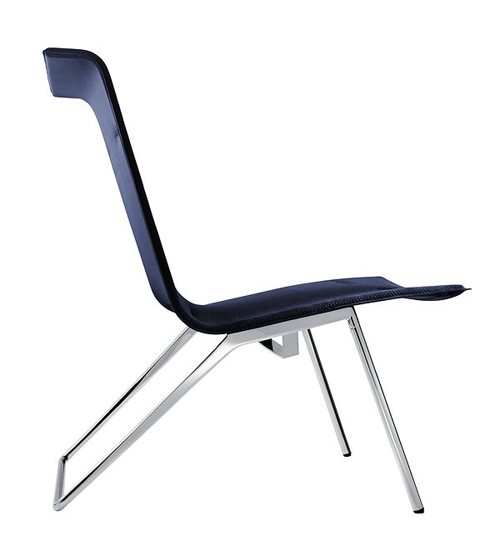

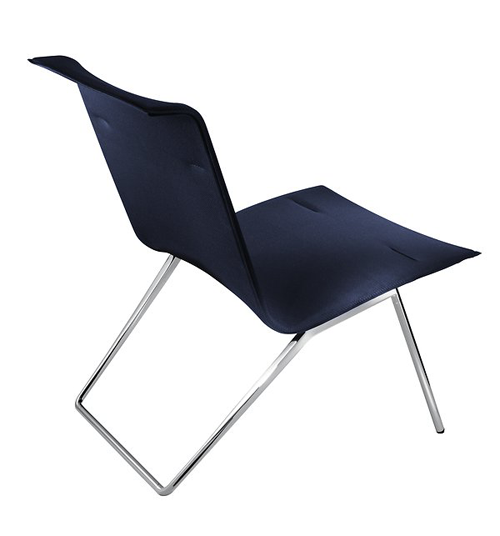

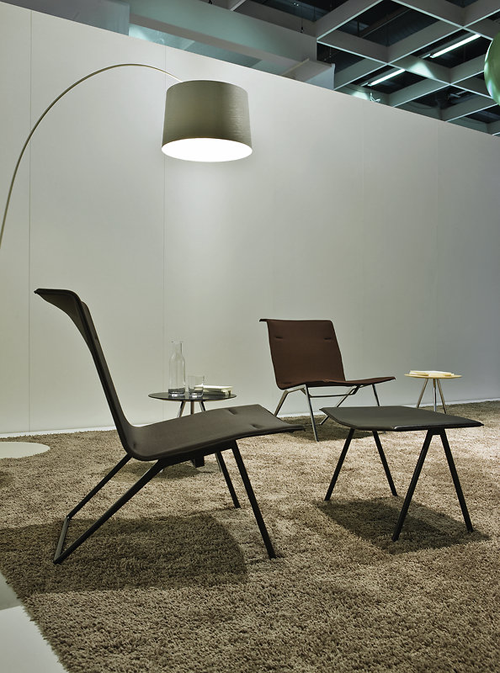
Fascinating minimalism: the Velos lounge chair.
The extremely graceful and inviting chair has been especially designed for places where informal encounters happen.
Places where a light and loose atmosphere can be created that also projects quality. The smooth lines of the foot section and the distinctive seat frame are fascinating due to their subtle, organic minimalism – plus a high degree of seated comfort that is provided by an innovative, seamless and structured cover using shaped knitting technology. The range is completed by a footstool and a matching three-legged side table.
Available from mid-2009 Introduced at Orgatec 2008
Design: Eric Degenhardt
Producer: Wikhahn
Braun launched the 17th edition of the BraunPrize. This internationally recognised design competition is open to young industrial designers who are still studying or who have graduated within the last two years.
International Competition to Promote Young Designers
When it was established in 1968, the Braun- Prize was Germany’s first international competition to promote the work of young designers. Braun’s commitment to this cause has been highly regarded by the design world and the design-aware public ever since. (more…)

The premium T@B for epicures has meanwhile taken over the editors of the first league: Auto, Motor and Sport.



( below ) The T@b.

You are an individual and a non-conformist.
You don’t drive on holidays.
You drive into life.
You don’t stand at the ocean shore, look out at the blue and say: “It’s beautiful here”. You stand at the ocean, close your eyes and feel the beauty of the ocean.
Holidays aren’t the most beautiful time of the year for you. For you, the year is the most beautiful time.
You are you.
Others have caravans.
You have T@B.
via T@b



This cool coffee maker offers up a smart industrial design which cleanly integrates a ceramic mug in place of a carafe.
The WMF1 Coffee Pad takes a single portioned coffee filter and can brew up a fresh cup of Java in about 1 minute. The compact coffee maker features a clean white design, with a choice of four accent colors: kiwi (green), mango (yellow), berry (red) and stone (dark grey). And yes, it includes the perfectly-fitted ceramic mug. The brilliantly minimal design even won a 2007 red dot award for its creators.
At this point, the Coffee Pad is only available in a European 220-volt configuration, so you’ll need a power converter to use it here in the States.
Product: WMF 1
Producer: WMF
Designer:
via technabob
All content ©2007 > 2024 DesignApplause